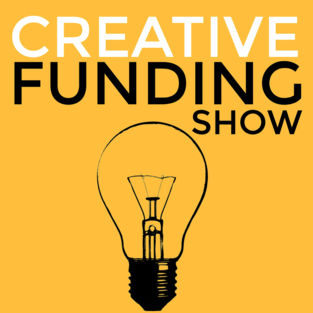
Creative Funding Show
Thomas Umstattd Jr.
Hear Thomas Umstattd interview Authors, YouTubers, and Podcasters who are funding their creativity using platforms like Patreon, Kickstarter. You will also learn about making money with advertising, sponsorships, merch, and other creative ways to make a living as an artist.
- More Episodes? Get the App